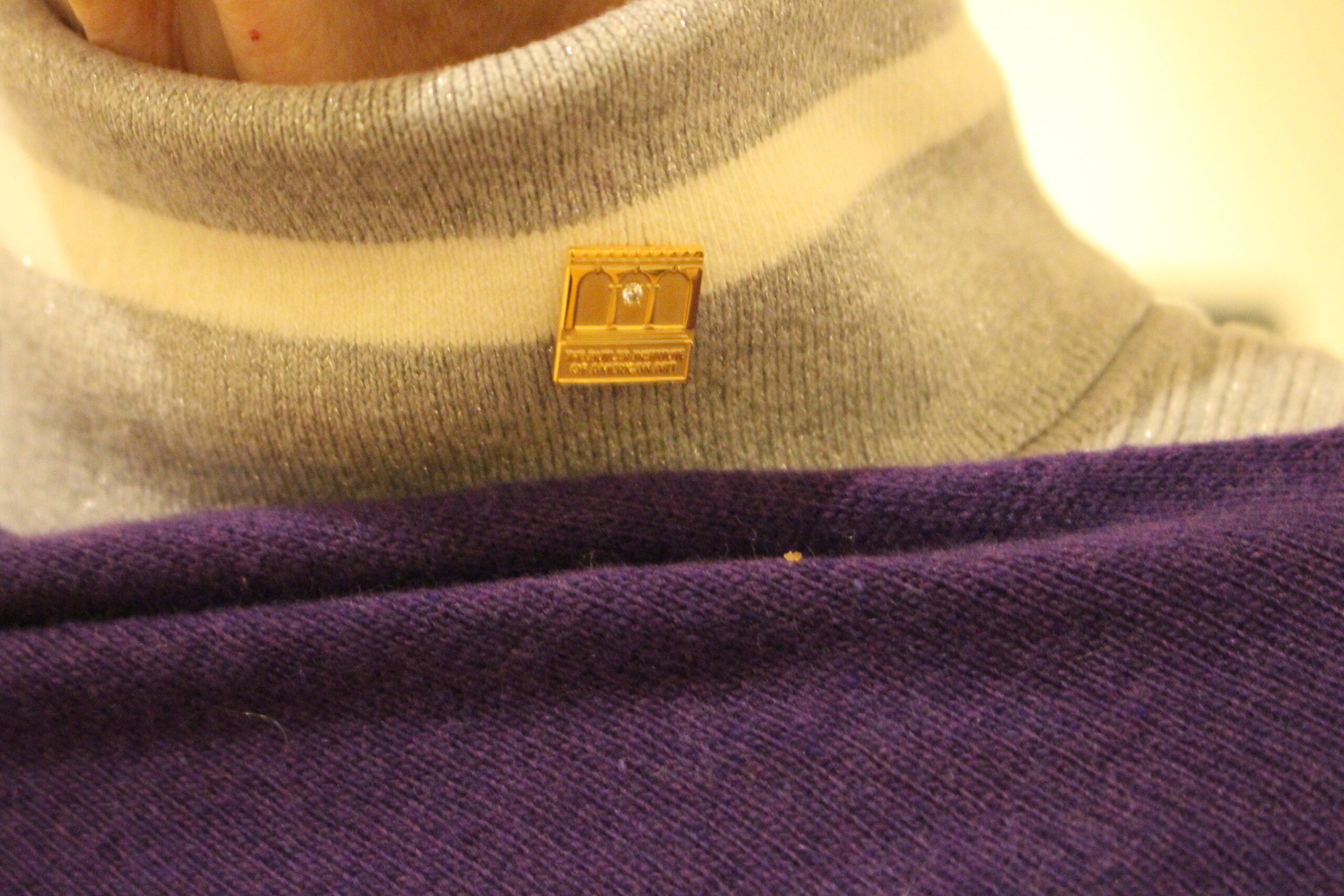By Christopher Gillett
Jambar Contributor
Lying between the music of Bliss Hall and the books of William F. Maag Jr. Library is the Butler Institute of American Art, one of the nation’s oldest art museums and the first in the country dedicated to American art.
The Butler relies on about 65 volunteers — called docents — to educate visitors and the local community on the numerous artworks displayed.
Ruth Cole has been a volunteer docent for over 25 years. Before becoming a docent, Cole taught at Youngstown State University and at Austintown Fitch High School. While she taught at Fitch, Cole brought her students to the Butler. She also featured speakers in classes, including Louis Zona, the Butler’s executive director, and Al Bright, a prominent local African American artist.
Cole said her favorite part of being a docent is sharing the museum’s joy with visitors.
“My favorite part of being a docent is the people I meet and take [on tours]. I enjoy their surprise and their joy when they come to the Butler and see what a collection we have here,” Cole said. “[The Butler is] very welcoming. It’s — a word that younger people that I know use quite often — awesome.”
Russian native Irina Perlman has been a docent for 14 years. Perlman said she started docenting because of her interest in American art.
“My entire life I was exposed to great art, European art, Russian art. I did not know anything about American art. I didn’t know it. I did not understand it. So, I thought [docenting] would be a great way to study it and try to connect with it. And once I started, there was no stopping,” Perlman said.
Docents are required to take classes for months before starting. Along with giving tours around the Butler, docents perform outreach by offering art lectures to children at local schools, retirees and people with physical or cognitive disabilities.
Docent Beth Lowe said she found the teaching intimidating, but it taught her to be a guide.
“The way our class was taught [was] we were not supposed to be the sage on the stage, but the guide on the side. So, our purpose is to look into the painting to help people when they leave here to go to another museum and look for different elements of art and appreciate the art,” Lowe said.
Docent David Paull said teaching taught him how to appreciate art with different groups of people.
“There are different ways of walking through the museum with a group of fourth graders than there are with a group of high school students, or if you’re with adults, or if you’re maybe with some populations that might be physically or mentally challenged,” Paull said.
Lisa Rohrbaugh, a docent who is also a part-time employee at the Butler, said she finds guiding tours meaningful.
“I’ve found that I just love giving people tours, whether it’s a planned tour or somebody just walks off the street and they want a little tour,” Rohrbaugh said. “[A visitor] may say, ‘I only have 20 minutes,’ and then I’ll say, ‘That’s fine. 20 minutes is good, whatever you need.’ But then sometimes it’s two-and-a-half hours later and they’ll say, ‘I guess we needed more than 20 minutes.’”
The Butler saw decrease in visitors during the pandemic, prompting the museum to incorporate “strolling,” where docents walk around the museum to answer visitors’ questions. When volunteering, docents also wear name tags.
Joyce Mistovich, director of education at the Butler, said the docents are the museum’s treasure.
“The docents are really the true treasures of this museum. They are really intelligent. They are so genuinely giving of their time and expertise,” Mistovich said.
